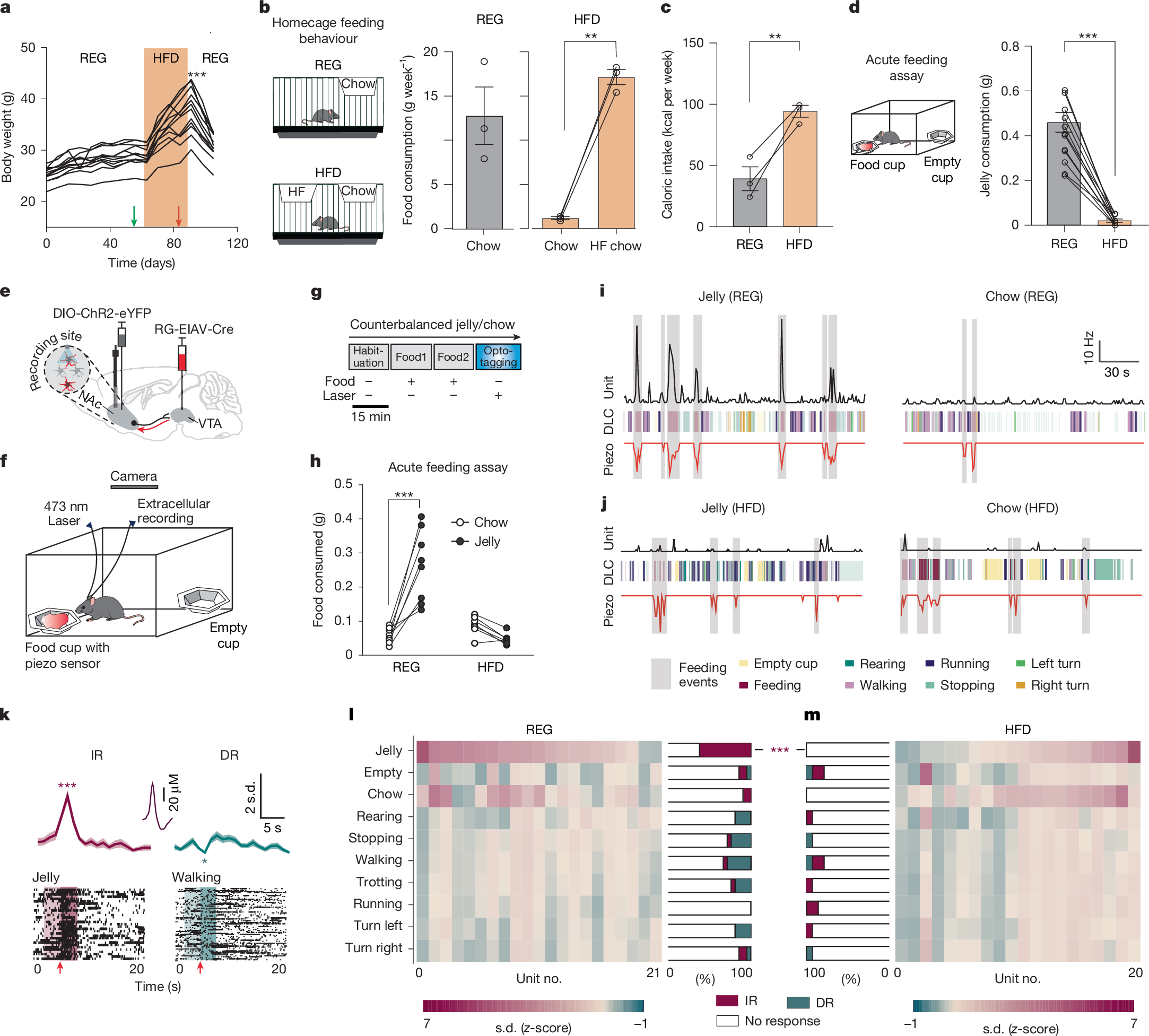2025-02-21 ユニバーシティ・カレッジ・ロンドン(UCL)
<関連情報>
- https://www.ucl.ac.uk/news/2025/feb/genetic-therapy-gives-infants-life-changing-improvements-sight
- https://www.sciencedirect.com/science/article/pii/S0140673624028125
AIPL1関連重症網膜ジストロフィーの小児における遺伝子治療:非盲検、初のヒト介入試験 Gene therapy in children with AIPL1-associated severe retinal dystrophy: an open-label, first-in-human interventional study
Prof Michel Michaelides MD, Yannik Laich MD, Sui Chien Wong MD, Ngozi Oluonye MD, Serena Zaman MD, Neruban Kumaran MD, Angelos Kalitzeos PhD, Harry Petrushkin MD, Michalis Georgiou MD, Vijay Tailor PhD, Marc Pabst MSc, Kim Staeubli MSc, Roni O Maimon-Mor PhD, Peter R Jones PhD, Steven H Scholte PhD, Anastasios Georgiadis PhD, Prof Jacqueline van der Spuy PhD, Stuart Naylor PhD, Alexandria Forbes PhD, Tessa M Dekker PhD, Eugene R Arulmuthu PhD, Alexander J Smith PhDj, Prof Robin R Ali PhD, Prof James W B Bainbridge MD
The Lancet Available online: 20 February 2025
DOI:https://doi.org/10.1016/S0140-6736(24)02812-5

Summary
Background
Retinal dystrophy caused by genetic deficiency of AIPL1 causes severe and rapidly progressive impairment of sight from birth. We sought to evaluate whether early intervention by gene supplementation therapy was safe and could improve outcomes in children with this condition.
Methods
This non-randomised, single-arm, clinical study conducted in the UK involved four children aged 1·0–2·8 years with severe retinal dystrophy associated with biallelic disease-causing sequence variants in AIPL1. We designed a recombinant adeno-associated viral vector comprising the human AIPL1 coding sequence driven by a human rhodopsin kinase promoter region (rAAV8.hRKp.AIPL1). The product was manufactured under a Specials Licence from the Medicines and Health products Regulatory Authority (UK) and made available to affected children with local ethics approval. We administered the product to one eye of each child by subretinal injection. The children were prescribed oral prednisolone to protect against harm from inflammation. Outcome measures included visual acuity (as assessed with a novel touchscreen test), functional vision (assessed by observing and recording the children’s visual behaviour and their ability to perform simple vision-guided tasks), visual evoked potentials (assessed by recording cortical electrophysiological responses to full-screen black-and-white flickering stimuli), and retinal structure (assessed with handheld optical coherence tomography [OCT] and widefield fundus imaging). To identify adverse effects, including inflammation and retinal detachment, we conducted ocular examinations using slit-lamp biomicroscopy and dilated fundoscopy. Safety was further assessed by testing of visual acuity, ophthalmoscopy, handheld OCT and widefield fundus imaging.
Findings
Patients were selected for treatment between July 12, 2019, and March 16, 2020. Before intervention, the children’s binocular visual acuities were limited to perception of light. At a mean of 3·5 years (range 3·0–4·1) after intervention, the visual acuities of the children’s treated eyes had improved to a mean of 0·9 logarithm of the minimal angle of the minimum angle of resolution ([logMAR] range 0·8–1·0); visual acuities before intervention were equivalent to 2·7 logMAR. In contrast, the visual acuities of the children’s untreated eyes became unmeasurable at the final follow-up. In the two children able to comply with testing, an objective test of visual acuity confirmed improvements in visual function, and measurement of visual evoked potentials showed enhanced activity of the visual cortex, specific to the treated eyes. In three of the children, structural lamination of the outer retina was better preserved in the treated eye than in the untreated eye, and, for all four children, retinal thickness appeared better preserved in the treated eye than in the untreated eye. The treated eye of one child developed cystoid macular oedema. No other safety concerns were identified.
Interpretation
Our findings indicate that young children with AIPL1-related retinal dystrophy benefited substantially from subretinal administration of rAAV8.hRKp.AIPL1, with improved visual acuity and functional vision and evidence of some protection against progressive retinal degeneration, without serious adverse effects.
Funding
UK National Institute for Health Research and Moorfields Eye Charity.


